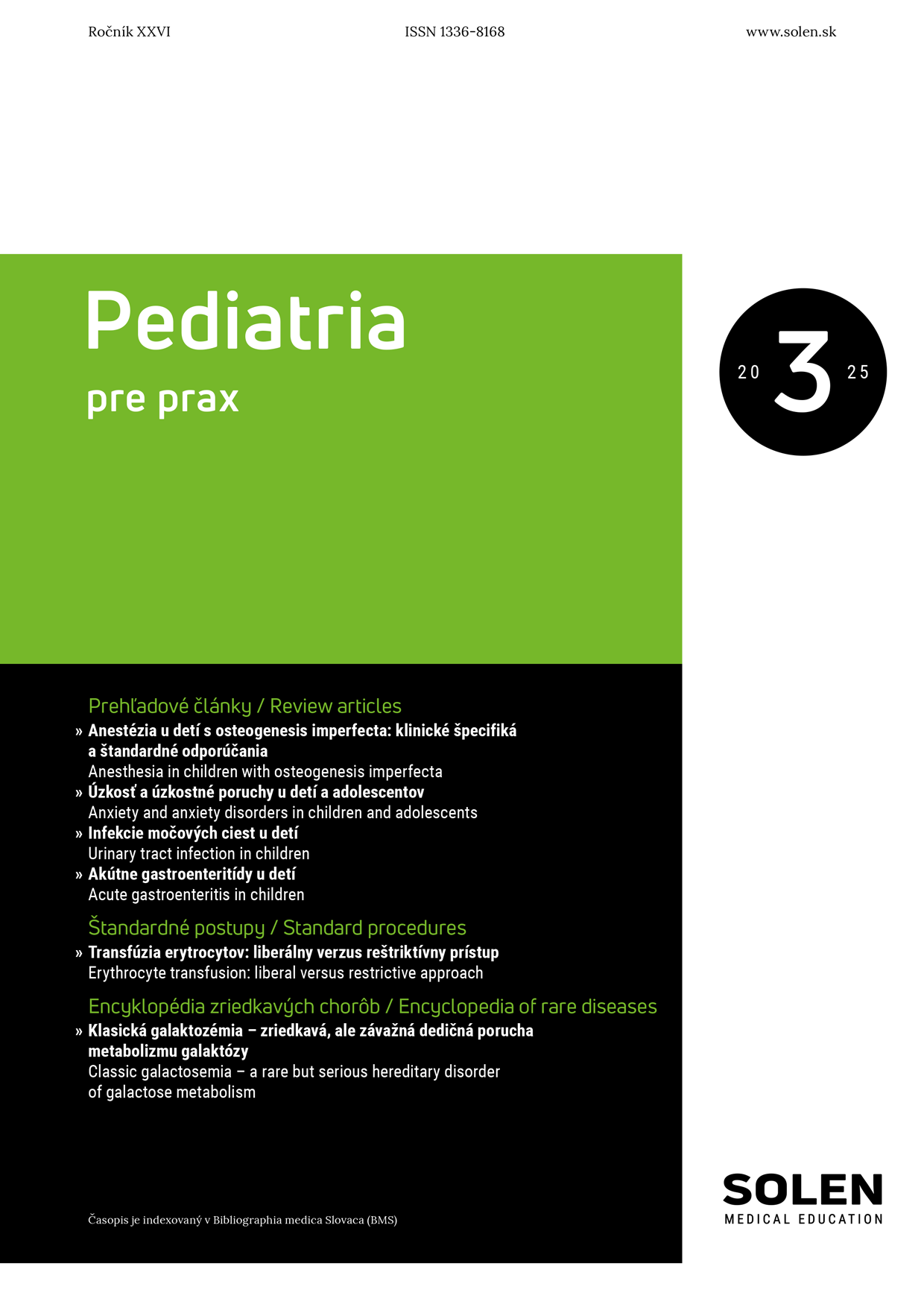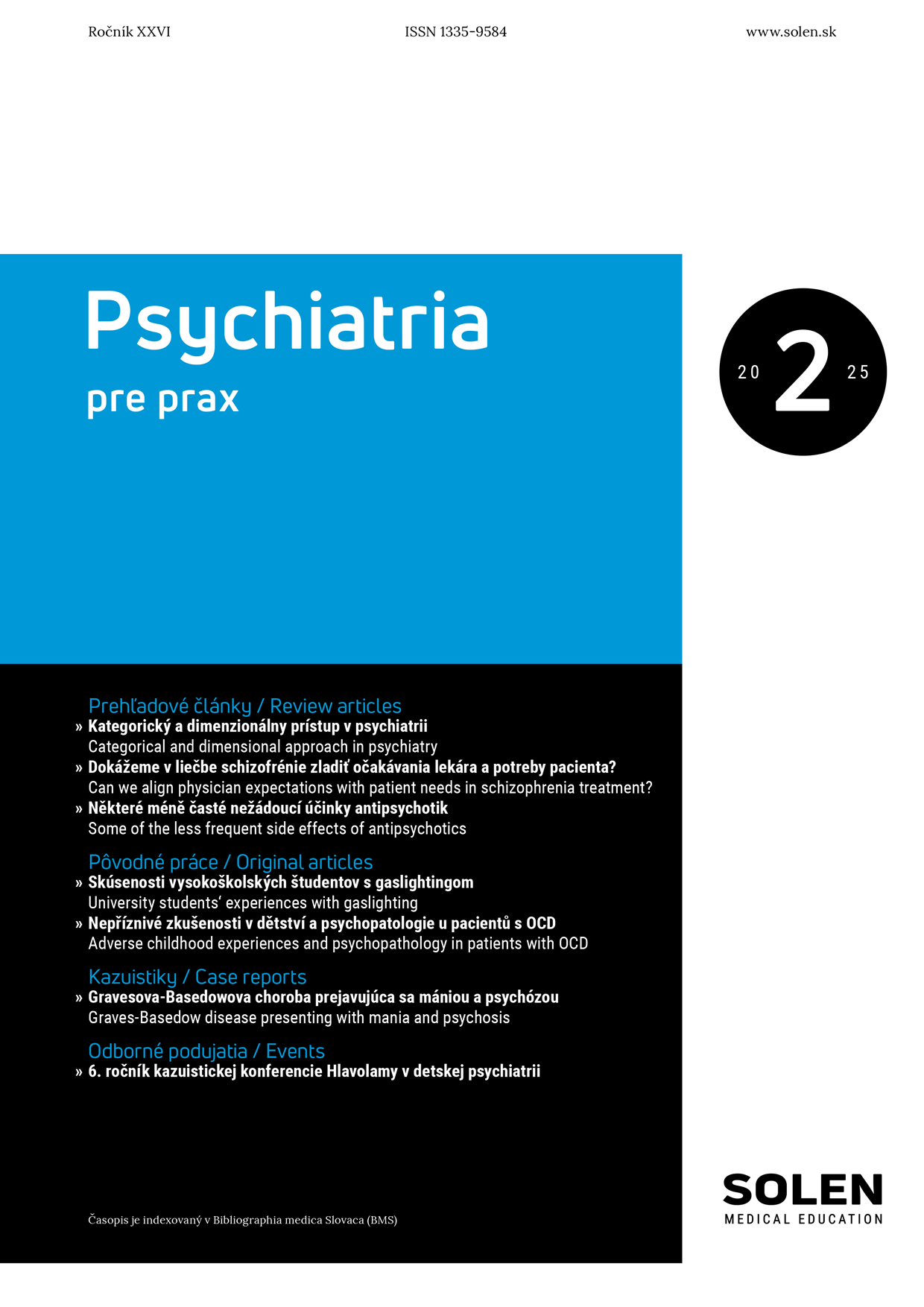Vaskulárna medicína 1/2024
What role does microangiopathy play in the pathogenesis of diabetic foot syndrome?
Even after controlling for traditional atherogenic risk factors, microvascular disease is an independent risk factor for cardiovascular diseases. The simultaneous presence of microvascular and macrovascular disease of the peripheral arteries multiplies the risk of limb events and does not merely increase it numerically. The risk stratification of a patient with macrovascular disease of the lower limbs is often inaccurate due to the concomitant occurrence of microangiopathy (retinopathy, nephropathy, neuropathy) as a systemic disease of the endothelium, which independently increases the risk of developing chronic limb-threatening ischemia and non-traumatic limb amputation, regardless of the occurrence of diabetes mellitus. It is typical for a diabetic foot with an open wound that the wound is chronic, progressively worsening, and has a significant impact on morbidity, mortality, and quality of life. Diabetic microangiopathy plays an important role in the pathogenesis of diabetic complications, but its full significance for disease progression to the diabetic foot stage and its contribution to impaired wound healing have not yet been fully elucidated. This article describes microcirculatory function, methods used to assess skin microcirculation, and structural and functional abnormalities found in people with diabetes and their potential impact on diabetic foot development and wound healing.
Keywords: diabetic foot, microangiopathy, microcirculation, wound healing, endothelial dysfunction

















